Discovering the Portuguese Man o’ War on Alabama’s Beaches

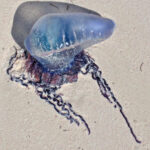 When you’re enjoying a day at the beautiful beaches of Alabama, the vibrant waves and warm sun create the perfect atmosphere for relaxation. However, sometimes your beach experience might include encountering some unusual visitors—the Portuguese Man o’ War. These striking creatures can often be spotted washed up on the sand, and while they look fascinating, it’s essential to know what they are and how to stay safe.
When you’re enjoying a day at the beautiful beaches of Alabama, the vibrant waves and warm sun create the perfect atmosphere for relaxation. However, sometimes your beach experience might include encountering some unusual visitors—the Portuguese Man o’ War. These striking creatures can often be spotted washed up on the sand, and while they look fascinating, it’s essential to know what they are and how to stay safe.
What Is the Portuguese Man o’ War?
The Portuguese Man o’ War, scientifically known as Physalia physalis, is a marine organism that often gets mistaken for a jellyfish. But here’s the catch: it isn’t a true jellyfish at all. Instead, it’s a colonial organism made up of four specialized polyps that work together as one entity.
The most recognizable part of the Man o’ War is its gas-filled bladder, which can look like a colorful balloon floating on the water. This bladder acts like a sail, helping the organism drift along with ocean currents. Beneath it, long tentacles can stretch up to 30 feet, and they’re packed with specialized cells known as nematocysts, which can deliver a painful sting. There are also feeding and reproductive polyps that help the colony capture prey and reproduce. This unique structure is a great example of how diverse life can be in our oceans, showing us that not all marine creatures fit neatly into our categories.
Why Are They Found on Alabama’s Beaches?
So, why do we see Portuguese Man o’ War on Alabama’s shores? Several factors contribute to their appearance. First, ocean currents and winds play a significant role. The currents of the Gulf of Mexico can carry these organisms toward the coastline, especially during late spring and summer when conditions are just right.
Another reason is the warm waters of the Gulf. These conditions provide a perfect habitat for the Man o’ War to thrive and reproduce. In addition, seasonal migration patterns often lead these creatures closer to shore as they follow their food sources. So, if you spot one while walking along the beach, you’re witnessing a fascinating part of the ocean’s ecosystem at work.
Do They Sting?
Absolutely, the Portuguese Man o’ War can sting, and it’s important to be cautious. While their sting is primarily a means of defense and a way to capture prey, it can also lead to significant discomfort for humans.
When someone gets stung, the pain can hit quickly, often described as a burning sensation that can be quite intense. You might also notice redness and swelling at the sting site. In more severe cases, symptoms like nausea or even difficulty breathing could occur, particularly if someone has an allergic reaction. The severity of a sting varies depending on the person’s sensitivity and the size of the tentacle involved.
What to Do If Stung
If you or someone else gets stung by a Portuguese Man o’ War, it’s essential to know how to respond. The first step is to calmly get out of the water to avoid further stings. Resist the urge to rub the area, as this can aggravate the pain and cause more venom to be released. Instead, gently rinse the affected area with seawater to remove any tentacles.
Using fresh water is a no-go because it can trigger more nematocysts to release venom. If there are still tentacles attached, carefully use a pair of tweezers or the edge of a credit card to scrape them off. It’s best to avoid using your hands for this, as they might get stung, too.
One effective way to alleviate the pain is to immerse the sting site in hot water—ideally between 104°F and 113°F—for about 20 to 45 minutes. The heat can help inactivate the venom and provide significant relief. You can also take over-the-counter pain relief, like ibuprofen or acetaminophen, to help manage discomfort. If symptoms worsen or severe reactions occur, seeking medical attention is crucial.
Prevention Tips
To enjoy your time on Alabama’s beaches while minimizing the risk of encountering a Portuguese Man o’ War, consider a few handy tips. First, stay informed by keeping an eye on local beach advisories. Lifeguards often provide updates about the presence of these creatures and can help monitor safety.
It’s also wise to avoid touching any Man o’ War, even if they look lifeless on the sand; their tentacles can still sting. Swimming in designated areas, especially those monitored by lifeguards, can also enhance your safety. They keep watch for potential hazards like the Man o’ War and can offer assistance if needed. Lastly, sharing information about these organisms with friends and family—especially kids—ensures that everyone knows how to enjoy the beach safely.
Know How to Respond
The Portuguese Man o’ War is a fascinating yet potentially hazardous inhabitant of Alabama’s coastal waters. While they certainly add to the rich tapestry of marine life along the Gulf Coast, it’s essential to approach them with a mix of curiosity and caution. By understanding their biology, recognizing the signs of a sting, and knowing how to respond, you can make the most of your beach days while staying safe.
As you soak in the sun and take in the beauty of Alabama’s shores, remember to keep an eye out for these creatures. Nature’s wonders often come with their own set of precautions, and being informed is the best way to appreciate the magic of our oceans while enjoying a worry-free day at the beach.

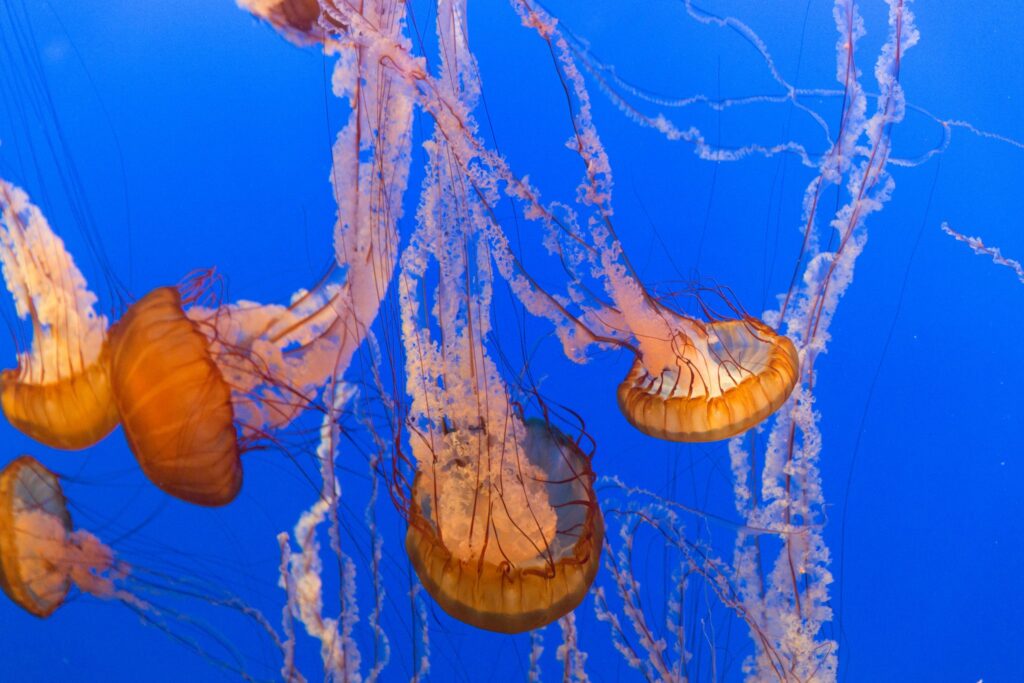

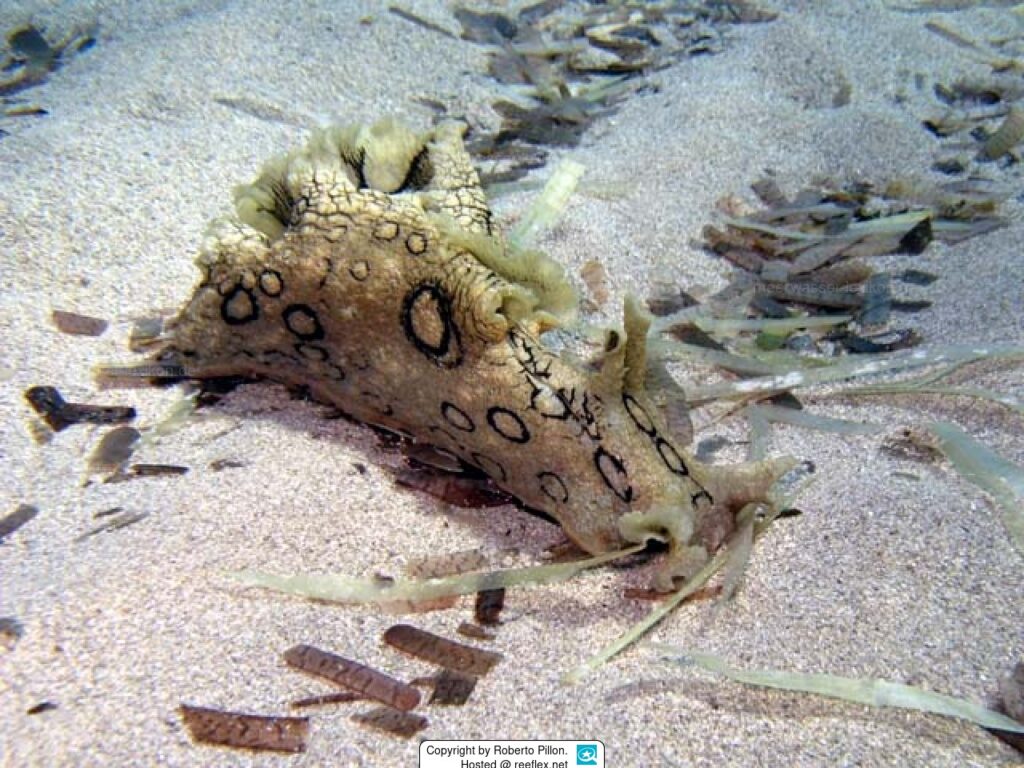
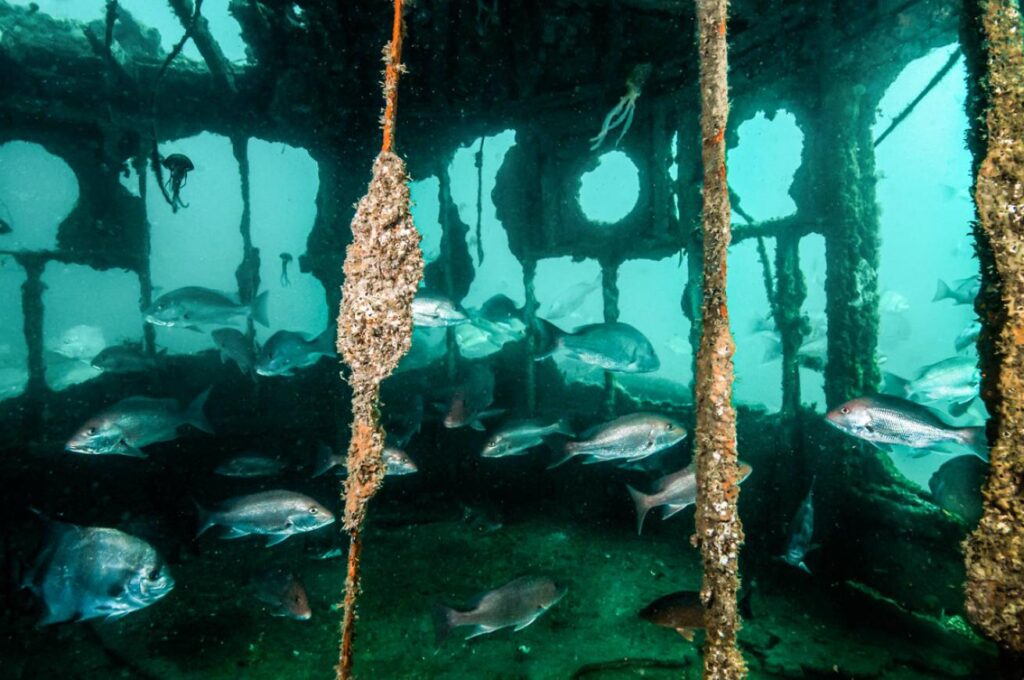
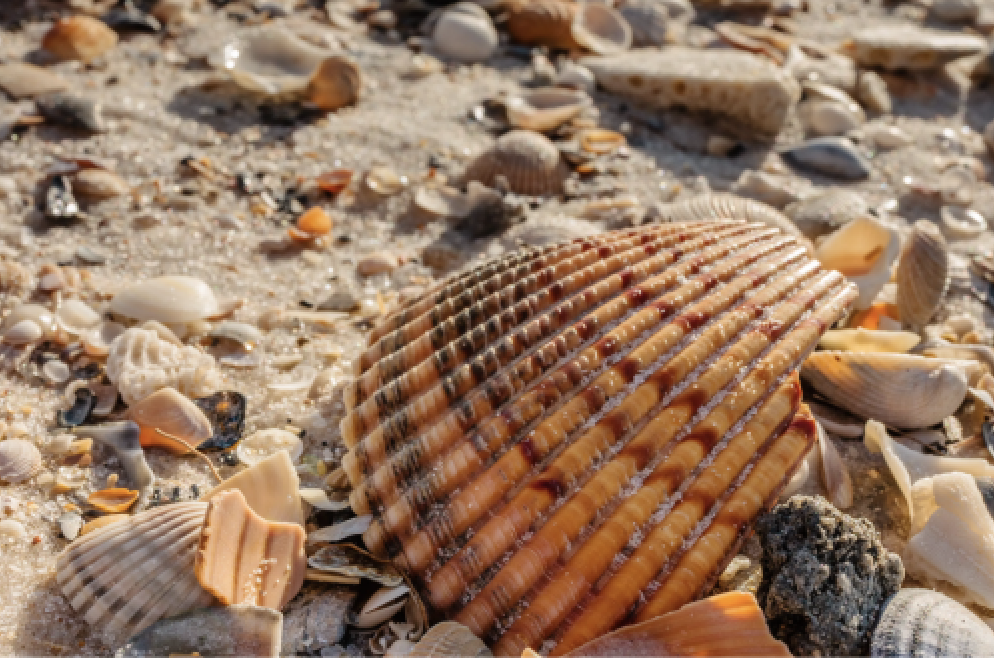
Propuesta para Everythingbeach.
Hola, encantada de saludarte.
Quería escribirte porque me ha parecido interesante comentar contigo la posibilidad de que Everythingbeach aparezca cada mes en periódicos digitales como noticia para posicionar en los primeros lugares de internet, es decir, con artículos reales dentro del periódico que no se marcan como publicidad y que no se borran.
La noticia es publicada por más de cuarenta periódicos de gran autoridad para mejorar el posicionamiento de tu web y la reputación.
¿Podrías facilitarme un teléfono para ofrecerte un mes gratuito?
Gracias.